The Best Con dao specialty cuisine
Con Dao is rich with culinary specialties cooked up straight from the local environment, both on land and in the sea.
Seafood is where the archipelago really shines, but there are unmissable local dishes that are plucked straight from trees. The wealth of good food is a testament to the wealth of healthy nature in Con Dao. Here are a few of the best.
Vu Nang (Breast) Snails
This spire-shaped snail is also called the “nipple snail”, so named for its familiar shape. Its size ranges from 3 fingers to a whole hand; they get quite large, but some people swear the smaller ones are better. The shell has two layers. The top is a gray-black and knobby outer shell, while the inner surface that protects the meat of the snail is smooth and pink, white, or cream, sparkling like a mother of pearl. It’s somewhat rare, found only in parts of the ocean adjacent to steep cliffs. Perhaps this rarity, too, makes them taste better.
They can be grilled, sauteed, or cooked into a salad, but many people prefer them boiled. In fact, because they are so full of water, they can be merely steamed by popping them in a pot with just a bit of water and putting it on to boil. Try them cooked with salt, pepper, and lemon, or grilled with onion fat. They’re the perfect nhau food, so grab a friend and a case of cold beers for a truly worthwhile night in Con Dao.
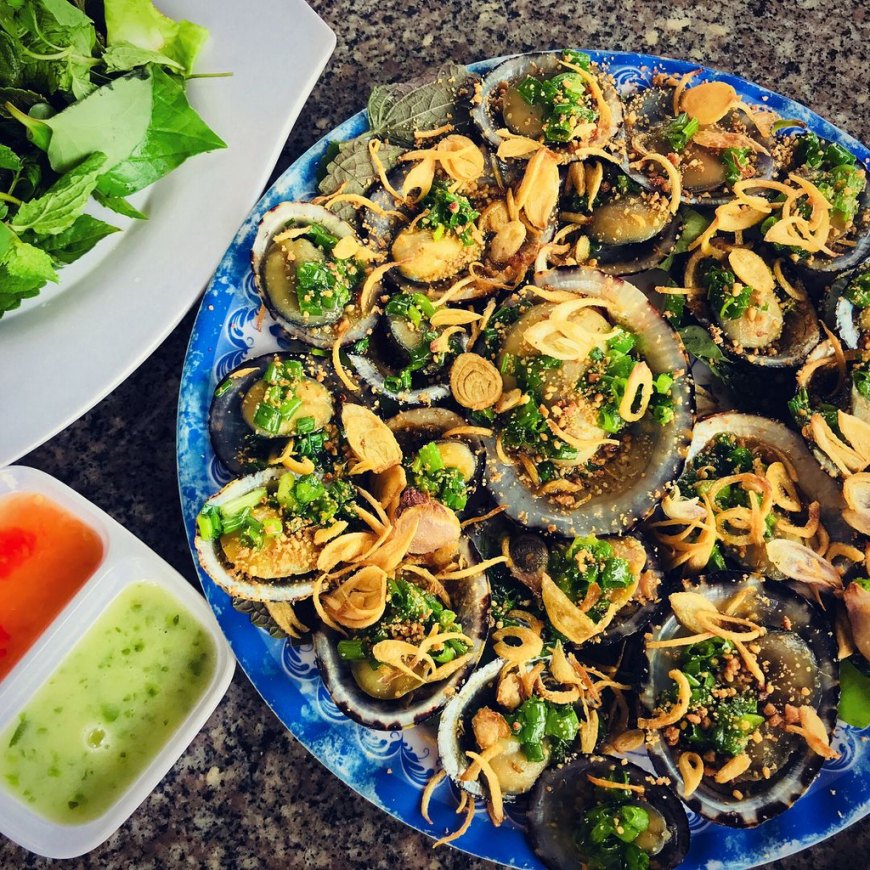
Red Grouper
Red Grouper is also called Song fish in Con Dao. It’s a huge, bright red fish that can weigh up to 30 kilograms but is most often caught and sold at 5kg. The lean, white, fleshy fish is chewy and sweet and can be compared to a large-mouth bass or a halibut.
Nearly every part of the fish can be cooked and eaten in a variety of different ways. It is even processed into sauce or salad, in addition to being grilled or steamed. Many restaurants will cook red grouper the way the diner requests, but the fish doesn’t need much to elevate it to excellence. It should be minimally spiced and cooked over a medium fire so that the skin crisps but the flesh remains fresh and fragrant. Try it with ginger and spring onions. Divine.
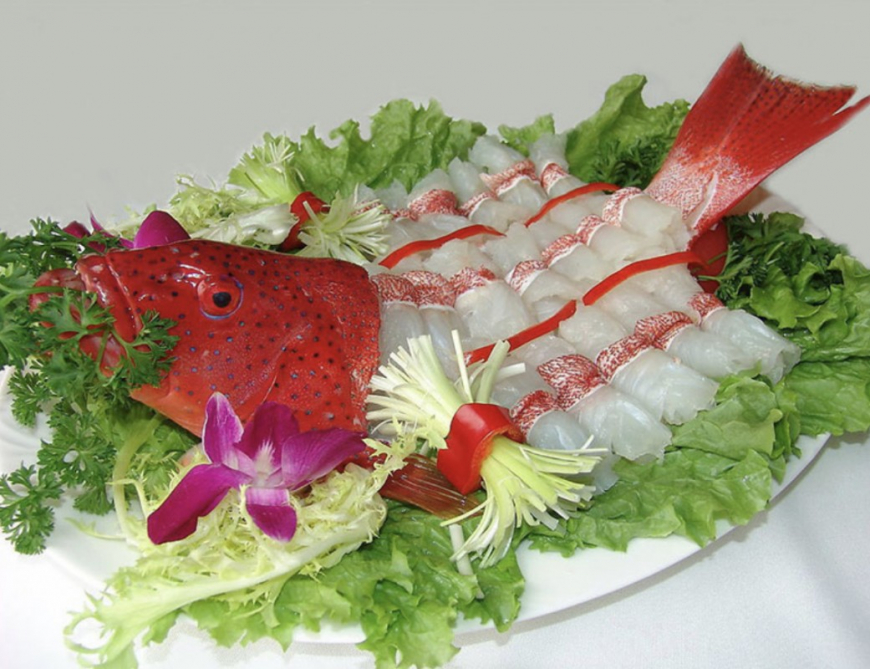
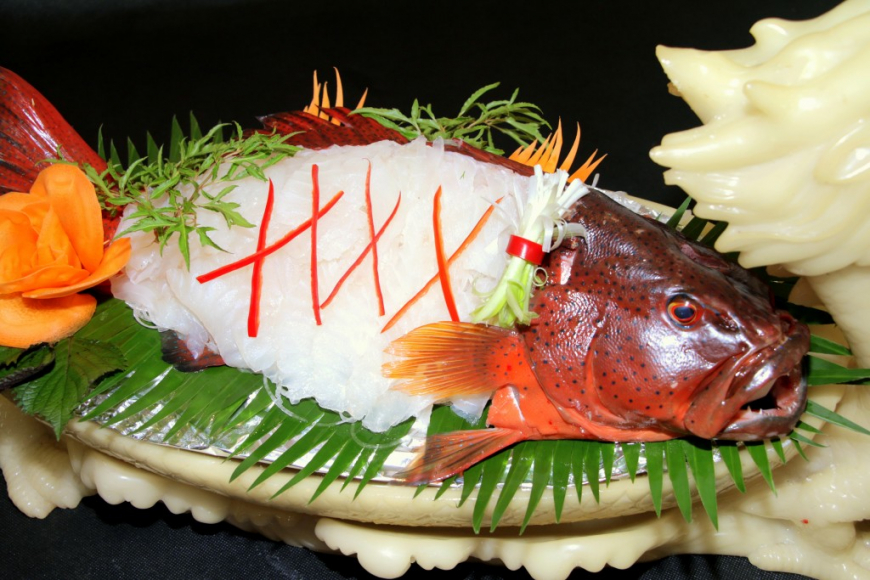
Red Lobster
Red lobster in the South Central region of Vietnam is some of the best in the world and, as such, Con Dao has become the kingdom of lobster farming in the country. Con Dao’s variety of lobsters is smaller than others, with firmer and sweeter meat. The vibrant color of their shells have earned them their fire lobster nickname. Con Dao fire lobsters cannot be farmed they can only be caught by fishermen in the wild. Despite the great effort required to catch and process them, red lobster is cheaper, fresher, and better here in Con Dao than in many other places in the world.
In the West, lobster is mostly eaten steamed in the shell. In Con Dao, lobster is cooked into sushi, salads, and soup, as well as steamed to eat whole there are no limits! Lucky diners, especially those eating red lobster in the wintertime, might find a layer of golden roe along the spine of a female lobster, a bonus delicacy adding both nutrition and flavor.
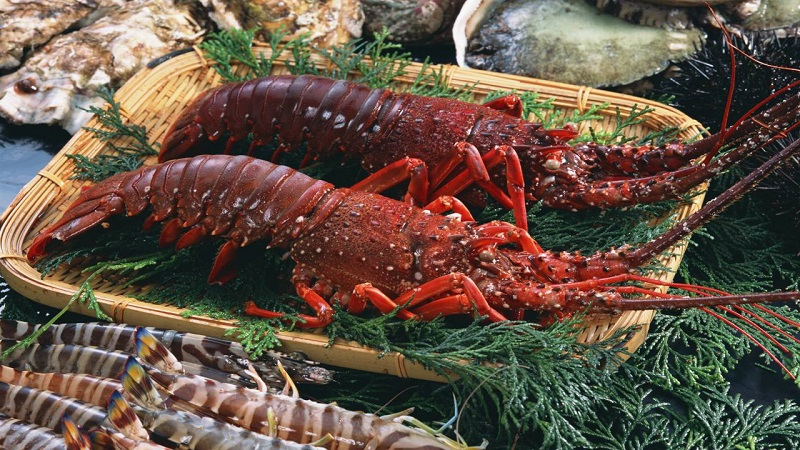
Eagletree Peanut
Jam from the eagle tree peanut, also called Bang tree nuts or the tropical almond, is one of Con Dao’s most famous and most sentimental specialty dishes. The hardy, wide-limbed trees grow along many streets on the island, changing colors with the season. Planted more than a hundred years ago, the sturdy trees are well-adapted to the harsh weather of monsoon-prone climates. They bloom in the summertime, heavy-laden with ripe fruits in July and August.
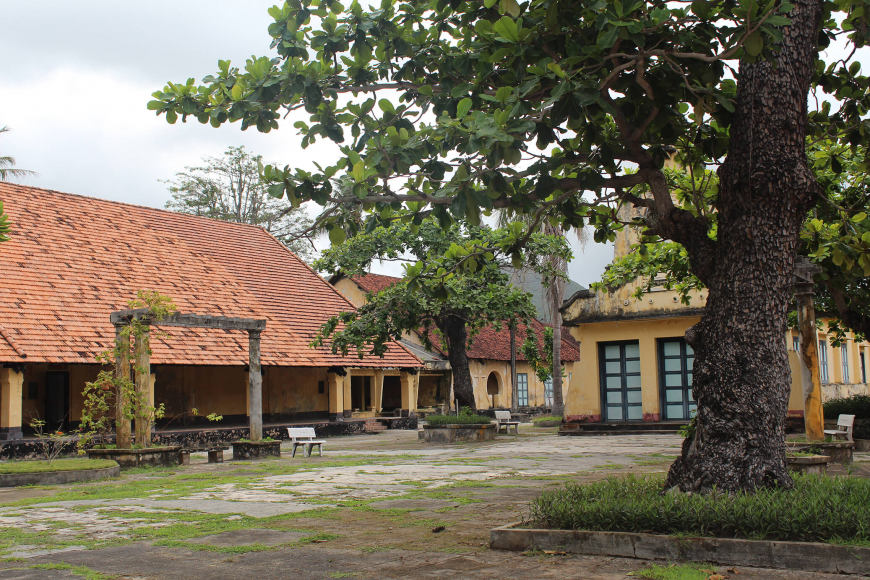
Making the jam is a long and painstaking process. The fruit is picked from the trees, then dried for up to two weeks before the seed is removed. Each fruit has only a single nut, so it can take many hours to harvest and process a few hundred grams of nuts. After being separated, they are slow-roasted with either salt or sugar on a wood stove on medium heat, carefully avoiding burning. The final product is a sugary or savory treat – both kinds rich and buttery.
The nuts are known for more than their flavor. Their taste is a memory of survival through strife, and a testament to thriving against all odds. These trees grew within the confines of the Con Dao prisons, where Vietnamese freedom fighters and soldiers were imprisoned during the American and French occupations. Prisoners used the eagle tree leaves and fruits as food, as insulation from the cold, as paper to write messages and poetry, and, by watching the leaves change with the season, to mark the passage of the year. Today, eagle tree peanut jam is perhaps Con Dao’s most important cultural culinary dish, packed with taste and with time.
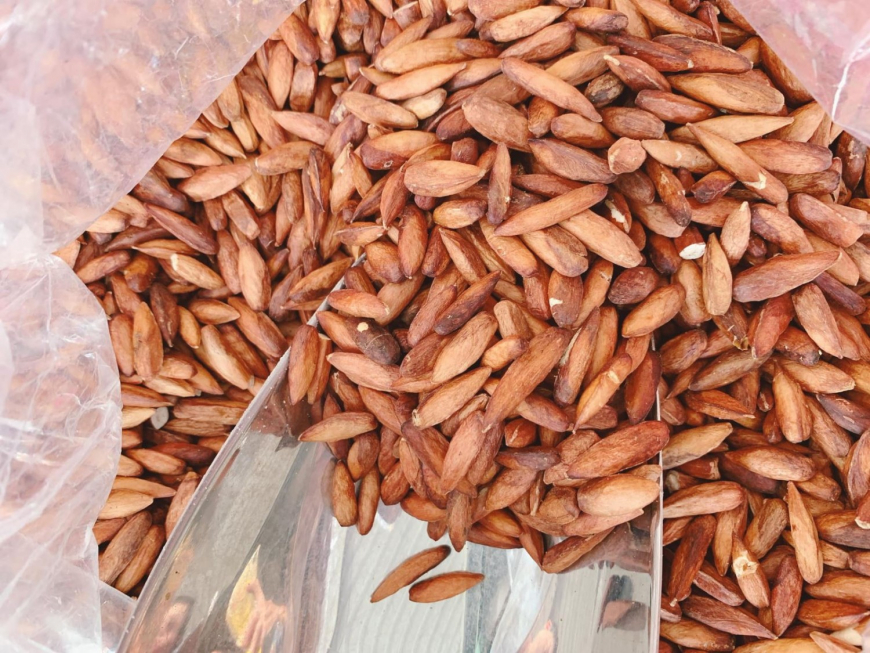

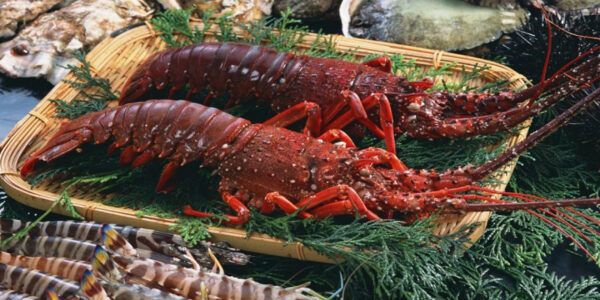
 For all latest news, follow The carefulu Google News channel.
For all latest news, follow The carefulu Google News channel.




